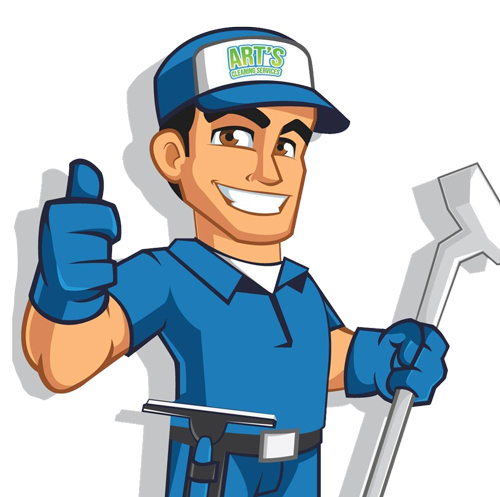
How to Dust Walls Post-construction
The professional house cleaning service requires the application of effective dusting techniques. To achieve a perfect finish after construction, one must clean the walls as well. It calls for the use of soft-bristled brushes or microfiber cloths, well-known for trapping debris.
Starting from the top and going downwards doesn’t give room for the dust to resettle on cleaned surfaces. Pay much attention to the corners and edges—most accumulation is within such areas. A vacuum cleaner with a soft brush attachment might work very well on hard-to-reach areas. As you proceed, keep a systematic order so that you know that all the areas are being attended to and can assess what areas need more attention if touch-ups are needed after the initial dusting.
Remember that proper dusting maintains good looks and good air quality. Here are the necessary tools and correct methods to get a really clean result. And, it won’t hurt to remember some more tips on wall cleaning.
Importance of Dusting the Walls Post-Construction
After construction, the next step should be to dust the walls to bring a sparkling and glossy touch. Dusting procedures help in ensuring that there is no more debris, sawdust, or dirt on the walls. If not adhered to, this process will lead to dirt buildup, which will affect the general outlook, and even the air that circulates in that space.
There are potential health risks of skipping post-construction dusting of the walls, which can harbor a range of allergens and irritants. Proper ways to dust include using clean microfiber cloths or dusters to carefully wipe down the wall, working from the top down.
These measures not only increase the aesthetic aspect of the walls but also enhance good living conditions for all.
Essential Tools for Wall Dusting
After the completion of construction, effective cleaning on the walls will have to be carried out to restore cleanliness and appearance. The right tools facilitate easier wall dusting. Key tools required for wall dusting include:
- A brush or broom with soft bristles.
- A microfiber cloth.
- A vacuum with a soft brush attachment.
- A step ladder for hard-to-reach areas.
Such tools prevent the walls from getting damaged while ensuring optimal cleaning. The soft-bristled broom or brush will be easy on the wall surface, while the microfiber cloth effectively traps dust.
A vacuum cleaner with a soft brush attached ensures that there is no scratch caused when dusting corners and crevices. With these tools ready at hand, it can be an easy task of dusting off your wall surfaces.
Step-by-Step Wall Dusting Guide
To dust your walls properly after construction, it would be appropriate to take systematic, step-by-step approaches that allow you to carry out your cleaning exercise efficiently. The following is a practical approach that will ensure you have dust-free walls:
- Top Down: Start dusting from the ceiling down to prevent carrying the dust to the clean area lower down.
- Be Gentle with Wall Cleaning: Use a soft piece of cloth or duster to avoid damaging the newly painted walls.
- Focus on Corners and Edges: Pay special attention to corners and edges where dust tends to accumulate.
- Check for Paint Touch-Ups: Inspect the walls after dusting to catch any places where minor touch-ups would help to keep them pristine.
More Tips on How to Have Cleaner Walls
Consider using a microfiber cloth because it can effectively trap particles of dust, hence you can clean more deeply. Using the right wall cleaning procedure is essential. Begin cleaning from top to bottom to avoid re-contaminating the area. Dusting tips, such as the process of slightly wetting the microfiber cloth, will increase effectiveness in picking up dust when being cleaned and at the same time prevent the walls from wearing out completely.
In addition, a vacuum cleaner with a soft brush attachment can be used to clean high corners and the baseboards that a person cannot clean. Make sure the microfiber cloth is changed or washed in intervals when cleaning so that the dust particles do not circulate everywhere. These methods, however tedious, if followed, ensure walls are much cleaner and health conditions are better after construction.

Save $20 By Booking Online!
- How to choose the right cleaning products for different surfaces: Expert Tips for Californians
- Carpet Cleaning Myths That May Still Be Believed
- Post Construction Home Cleaning: Detailed Cleaning for Sparkling Results
- Cleaning the Construction Site: Making a Construction Zone Safe and Efficient
- Choosing the Right Post-Construction Spotless Finish
